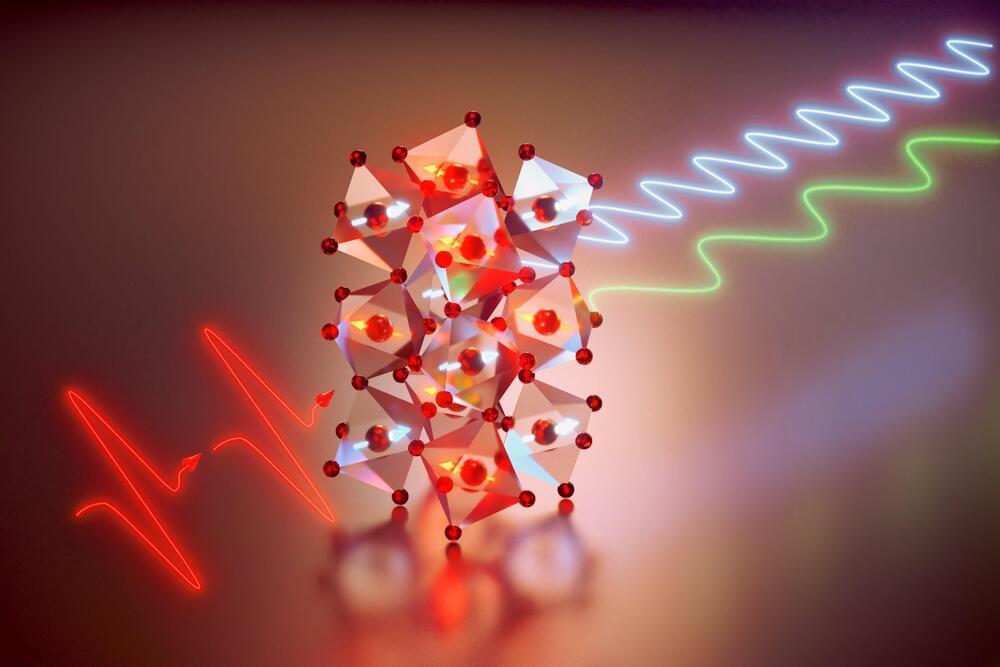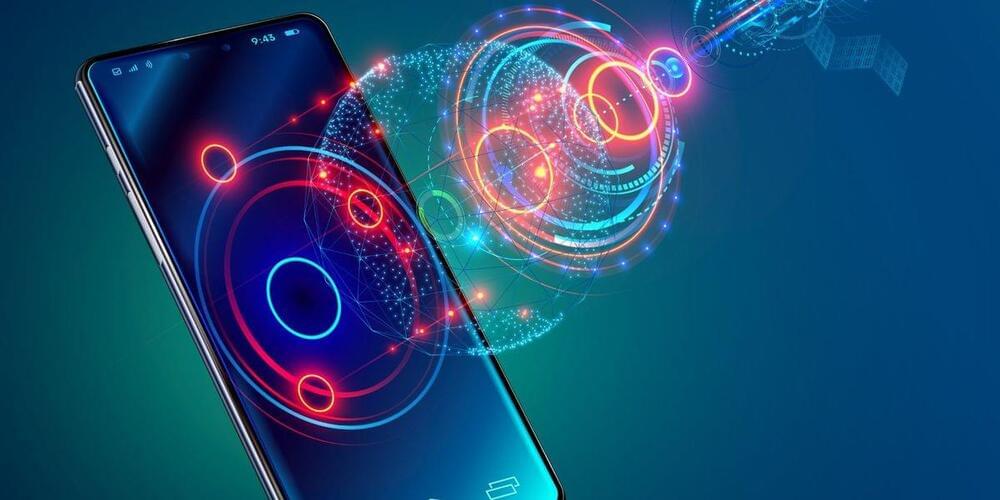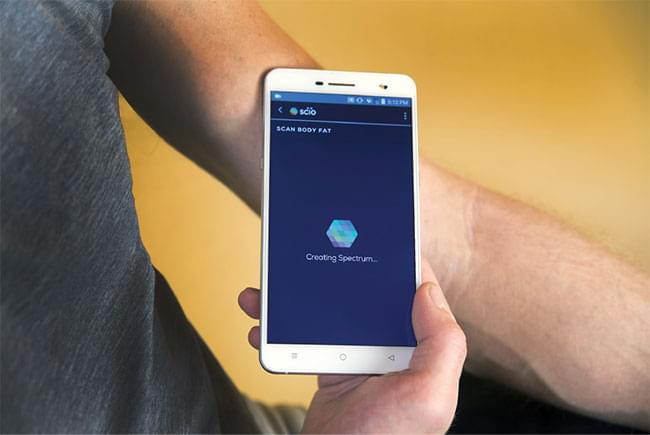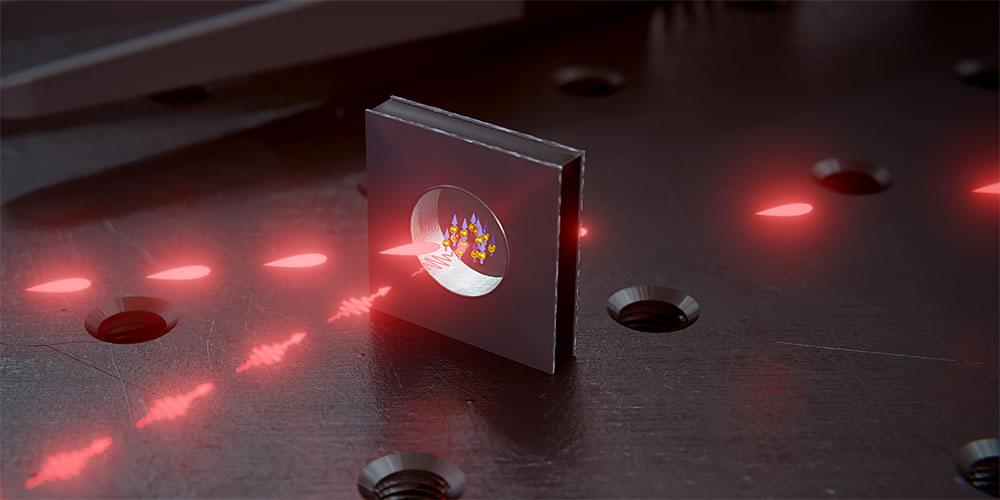The first reviews for Vision Pro are live, highlighting a ton of great, good and not-so-great things about Apple’s first mixed reality headset.
The $3,500 Vision Pro is set to launch on February 2nd, but it seems the first reviews are already out from a select number of outlets, including CNET, The Verge, The Wall Street Journal, and CNBC.
CNET’s Scott Stein took the lead on the Vision Pro review, lauding the headset for its clear micro-OLED display, mostly fluid hand-eye control interface, great mixed reality capabilities, impressive list of compatible iOS apps, and chance to view spatial video captured both on iPhone 15 and the headset itself.








